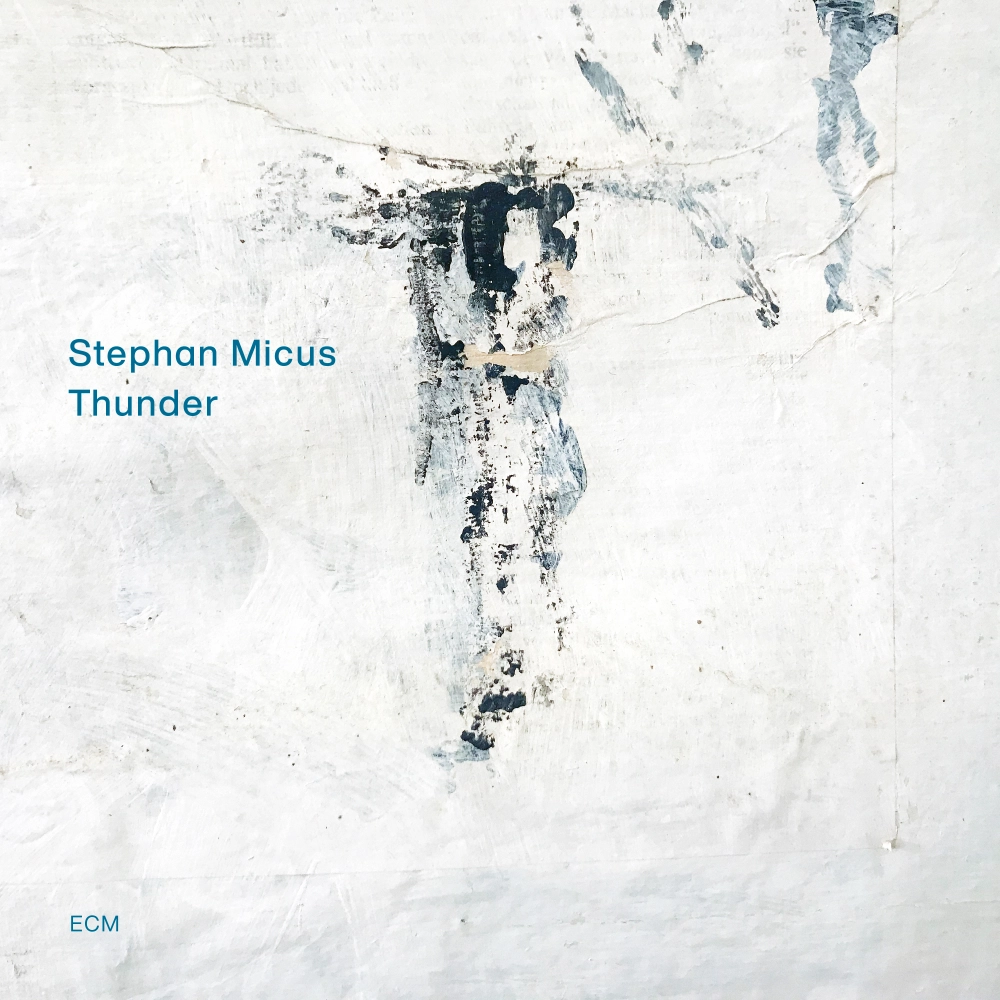Both a continuation and a departure from earlier work, “Life” sets to music an old Zen koan, or teaching story, on “the meaning of life”. Stephan Micus sings the text in Japanese and embodies the koan’s multi-layered meanings in his composition, scored for a characteristically wide range of ethnic/traditional instruments – from the Ethiopian bagana to the Irish tin whistle.
Life
Stephan Micus
- 1Narration One And The Master's Question
14:26 - 2The Temple
05:44 - 3Narration Two
02:56 - 4The Monk's Answer
04:04 - 5Narration Three
03:35 - 6The Master's Anger
04:54 - 7Narration Four
04:47 - 8The Monk's Question
04:10 - 9The Sky
04:36 - 10The Master's Answer
03:21
“The challenge in creating this work was how to best present in a musical composition a riddle that starts and ends with the same answer,” Micus said when asked about “Life.” “What’s so wonderful about this riddle is its symmetry but I didn’t want to repeat the same music from the beginning of the piece at the end so I had to come up with a solution,” he explained. “I ended up developing the composition in an unusual way that moves from complexity to simplicity, the exact opposite of how most compositions, including my own, are usually constructed,” he continued. “After I realized that the only way for me to intelligently distinguish between the riddle’s two identical answers was to move in the opposite direction of a traditional piece of music, everything else fell into place. The long first section, ‘Narration One And The Master’s Question,’ is very complex, more than any other piece I’ve ever written. I spent a long time working on it, laying down nine instrumental and eleven vocal tracks. Yet by the time we arrive at the final section, ‘The Master’s Answer,” all we hear is a solo human voice. The work’s transition from complexity to simplicity represents a kind of evolution to me and I view the composition as a musical analogy for how some people, if their life experiences have helped them become more aware, end up transforming the way they lead their lives. That’s why I named the piece ‘Life.’”
The multicultural set of instruments Micus plays on “Life” includes Balinese gongs, Bavarian zithers, Thai singing bowls, Tibetan chimes and cymbals, Japanese mouthorgans, Irish tin whistle, Ghanese drums, the Egyptian “nay,” and the Indian “dilruba” as well as two he has recorded here for the first time: The “maung,” a set of forty tuned bronze gongs from Burma, and the “bagana,” an ancient Ethiopian lyre traditionally played in private to accompany prayer and meditation that, according to Micus, is on the list of endangered instruments threatened with extinction within a generation or two.
Also known as the “Harp of David” (it was allegedly played by David to sooth King Saul’s insomnia), legend says the bagana was imported to Ethiopia from Israel thousands of years ago by Menelik I, the nation’s first Emperor and the son of King Solomon and Makeda Queen of Sheba. The tall lyre consists of a large, square wooden sound box covered with sheep skin connected to a frame strung with strings traditionally made from sheep’s intestines. Leather thongs placed between the strings and the bridge produce its characteristic buzzing sound.
“I went to Addis Ababa in January of 2000 to study the bagana with Alemu Aga, a master musician and one of the very few people who can still play this instrument that will probably disappear soon. It is traditionally played by the singers of religious texts of the ancient Ethiopian Orthodox Church”, Micus explained. “The bagana has ten strings but they use only five which I found very strange. When I asked my teacher why the other strings were not played he replied ‘we forgot how those five were tuned.’ As I frequently do, I modified the instrument and on this recording I used all ten strings that I gave new tunings. I also experimented with techniques like playing it with a bow and with mallets in a percussive manner.”
In giving the bagana the most prominent role on “Life,” Micus has written and played what is conceivably the first modern music for it (not to mention created a context where a sacred Judeo-Christian instrument can coexist with ones from the world’s two other main religions - the nay of Islam and the gongs of Buddhism). The ancient lyre is only featured on five pieces of “Life,” but its somber sound haunts the recording and provides the sober mood that permeates Micus’s composition that traces the circuitous route of a monk who leaves his monastery and his master on a quest to discover the meaning of life, only to end up where he began and learn that the answer to his question remains the same.
Mitchell Feldman
| YEAR | DATE | VENUE | LOCATION | |
| 2025 | August 02 | Ancient Trance Festival | Taucha, Germany |
You need to load content from reCAPTCHA to submit the form. Please note that doing so will share data with third-party providers.
More InformationYou need to load content from Turnstile to submit the form. Please note that doing so will share data with third-party providers.
More InformationYou are currently viewing a placeholder content from Facebook. To access the actual content, click the button below. Please note that doing so will share data with third-party providers.
More InformationYou are currently viewing a placeholder content from Instagram. To access the actual content, click the button below. Please note that doing so will share data with third-party providers.
More InformationYou are currently viewing a placeholder content from X. To access the actual content, click the button below. Please note that doing so will share data with third-party providers.
More Information



















